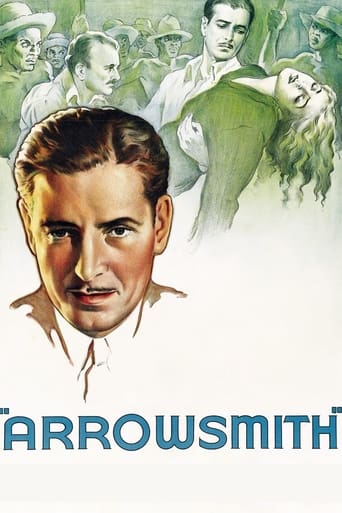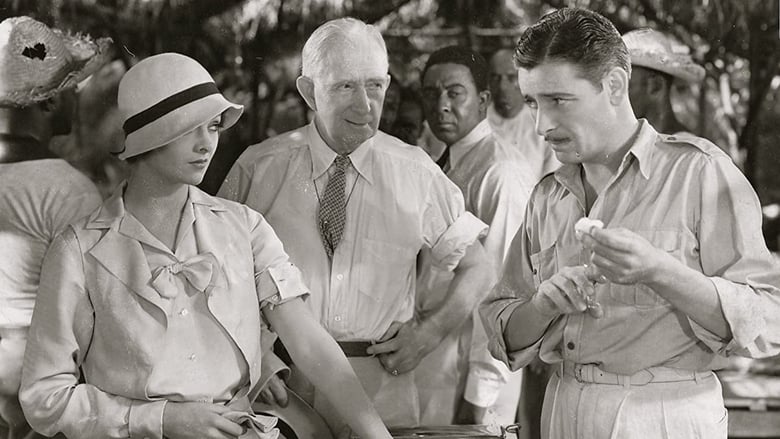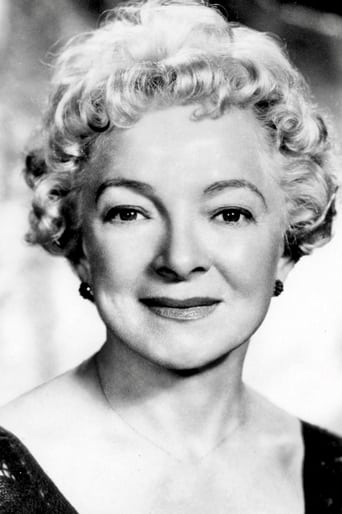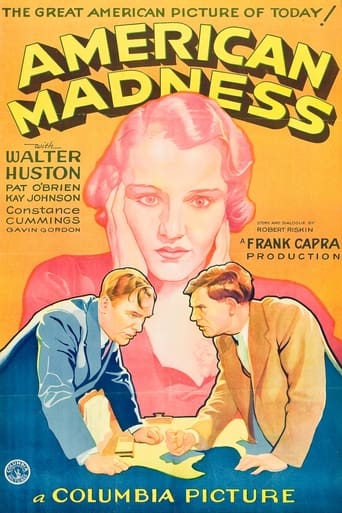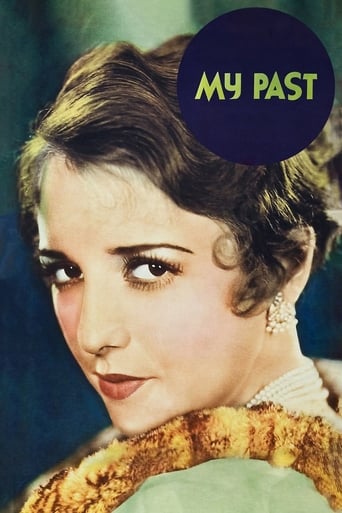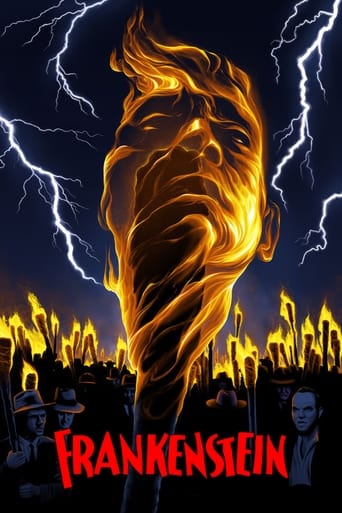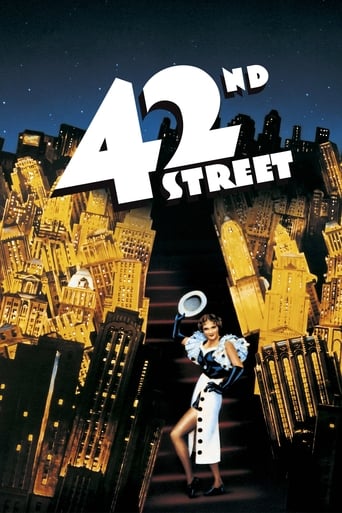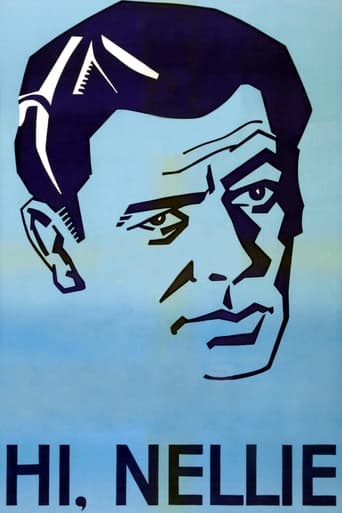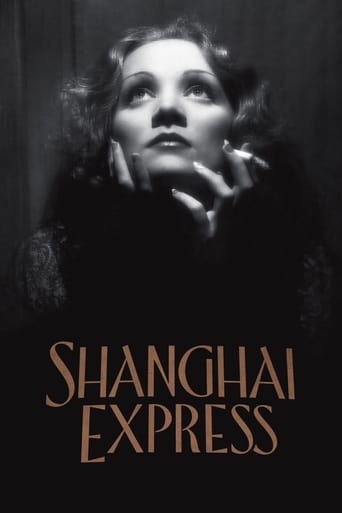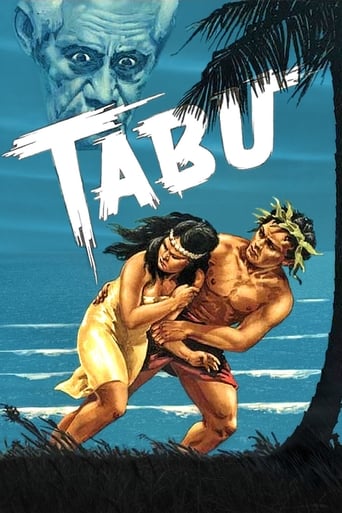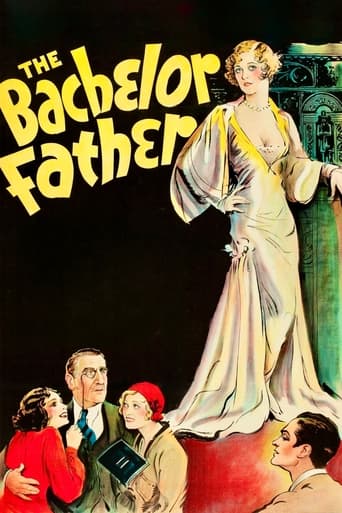Arrowsmith (1931)
A medical researcher is sent to a plague outbreak, where he has to decide priorities for the use of a vaccine.
Watch Trailer
Cast


Similar titles
Reviews
I haven't actually read "Arrowsmith", but I can guess the major elements based on the film version.At the time of Arrowsmith, typical medical practice was mainly a primitive venture, outside of surgery and bone-mending. Quacks abounded dealing with disease. Pasteur changed all that by discovering the microbial cause of many diseases, later to be affected dramatically by the discovery of penicillin by Fleming.Medical research has always been at somewhat of disadvantage. The only way to be sure that a remedy for a disease works is to test it on human subjects, but it was considered ethically irresponsible to test blindly on humans. That is why so much of medical research depends now on animal experiments before testing on human volunteers."Arrowsmith" explores this conflict at its epicenter: a doctor who crosses one line from practice into research and another line from attempting to cure to blind testing on humans. This leads to tragic personal consequences for the protagonist in the film. Big medical research gets no love here as the film portrays the research foundation as a heartless, results-oriented, publicity-seeking organization. This is a valid point of view in some circumstances, but it dismisses the great difficulty involved in deriving treatments for disease that are both effective and safe.I was disappointed by Ronald Colman's performance as Dr Arrowsmith. He had daring moments in hitting on Helen Hayes in a hospital corridor, but then had a strangely bloodless romantic relationship with her thereafter, even as he's holding her dead body. Even his relationship with his research, beyond working on a serum to cure the disease affecting the cattle in his North Dakota home, seemed very detached. Helen Hayes had a very innocuous role as Arrowsmith's wife, clinging and not offering much in the way of personal life. A E Anson as Prof. Gottlieb played a stereotypical Hollywood scientist, all rigor and no humanity. Myrna Loy had a throwaway role as a Joyce Lanyon, who was to be Arrowsmith's second wife -- but this segment of the novel was dropped, and for some odd reason the final scene with Loy was never cut, although it should have been.
This film was actually nominated for four academy awards - cinematography, art direction, adapted screenplay, and best picture. Viewing it today, there are so many somewhat incomplete story lines and messages present, I am somewhat unclear about the director's goal in all of this. Sinclair Lewis' book, on which the film is based, goes into great detail about the tribulations and triumphs of studying to be a doctor and then practicing medicine back in the 1920's. It is just impossible to convey all that goes on in the novel in one 108 minute film. First of all, although young Dr. Arrowsmith comes across as an admirable protagonist who doesn't lose his idealism through all of his experiences, his character development and motivations are just not fleshed out in the film, and thus he is left an unintended mystery. His passion for medical research definitely shines through in Ronald Coleman's performance, but I had many unanswered questions. The film seems to imply that Arrowsmith is attracted to Myrna Loy's character through one scene in particular in the film. Was this intentional? The two have an affair in the novel, but if it is going to be omitted from the film - and it is - what was that one scene doing there? Arrowsmith talks a good game about loving his wife, but he seems to constantly overlook her in his passion to find new cures for diseases. Is he actually taking her for granted, or is this just a common attitude from the past in which wives always took a back seat to their husbands' careers? There is another whole part of the film that is quite troubling to a modern audience. When Arrowsmith is sent to the Caribbean to help fight the plague by testing his new serum, he is instructed to basically do what today is called a double blind study. He is to inject half the patients with his serum and the other half he is to treat conventionally. Thus, it can be determined whether or not the serum will be effective. When Arrowsmith presents his plan of action to the local plague-ridden residents, the shocked citizenry deny his help "in the name of humanity". However, a local black doctor, Oliver Marchand, tells Arrowsmith that he knows of how he can accomplish his goal - by experimenting on the black residents of the island of course! To me, this was all too reminiscent of the Tuskegee experiments and had a large Ick Factor to it.I can't grade this film too severely since I have to take into account its year of production, the fact that dialogue had not become that sophisticated yet since talking pictures had only been universally accepted for about two years, and finally that a complex novel is being squeezed into just over an hour and a half. This film's value today is mainly as an example of one of the better transitional era talkies. Dialogue and acting were much more natural than they had been just a year or two prior to this film, but vast improvements, particularly in dialogue and technology, were just a couple of years away.
Ronald Colman,(Dr. Martin Arrowsmith),"A Tale of Two Cities" '35, is a young doctor who starts out in life and desires to progress into the laboratory and look under a microscope all day long. However, he no long completes medical school and meets up with Helen Hayes,(Leora Arrowsmith) and on the first date, asks her to marry him. Martin and Leora are madly in love with each other but it is difficult for Martin to establish himself as a doctor, so they move to South Dakota. Myrna Loy,(Joyce Lanyon),"The Mask of Fu Manchu",'32 plays a sexy gal who has eyes for Martin and could lead to some problems. In 1931 this was a big hit film because of Helen Hayes, a great theatrical actress and Ronald Colman the thrill of most ladies during this period of time. Myrna Loy was young and pretty and getting great attention from Hollywood and the general audiences. There was plenty of smoking through out this film and it clearly shows how the world has finally changed about its view on smoking.
Goldwyn put together a lot of fine talent here, but none of it jells.Ronald Colman, Laurence Olivier's idol and one of the screen's most likable actors, is just plain miscast. Helen Hayes projects annoyingly to the audience, stage fashion, rather than letting the camera discover her emotions, as even the young Myrna Loy knows how to do. Richard Bennett is enjoyably over-the-top as Sondelius but A. E. Anson's accent is a deal-breaker as Gottlieb (as if there weren't enough real Middle European actors in Hollywood at the time).Sydney Howard's script is condensed to the point of silliness - the other reviewers here who contrast "Gone With the Wind" as a model of condensation are praising an uncredited Ben Hecht, not Sydney Howard. Ray June's fluid cinematography is beautiful throughout, with more than one shot that would wind up re-used in Ford's "The Searchers" many years later.The story is that Goldwyn hired a bibulous Ford on condition that the director couldn't take one drink during production. Helen Hayes noticed that as the shoot progressed, Ford started discarding pages and then whole scenes, in a race to finish the film and get back to his booze. That may be one more reason that the film is barely coherent.Hey, nobody's perfect all the time.

